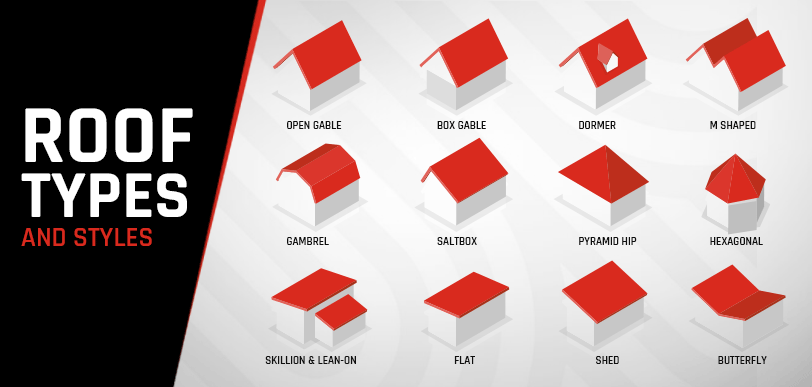Picking the right roof affects curb appeal, weather performance, maintenance, and energy efficiency. Use this guide to compare the most common roof styles and decide which fits your home, budget, and climate.
Related resources: Parts of a Roof · Roof Cost Guide · Roof Pitch Calculator
Quick Navigation
Roof Types at a Glance
| Roof Type | Best For | Key Pros | Watch Outs |
|---|---|---|---|
| Gable | Rain and snow runoff | Simple, affordable, great ventilation | Needs bracing in high winds |
| Hip | Windy or snowy regions | Very stable, even load distribution | More complex and costly than gable |
| Mansard | Extra living space and style | Elegant, allows full attic room | Higher build cost and complexity |
| Flat | Modern design and usable rooftop | Rooftop living, easy access | Drainage must be designed well |
| Gambrel | Storage and barn-style homes | Big attic volume, distinctive look | Not ideal in very high winds |
| Shed | Budget-friendly modern additions | Simple framing, contemporary look | Limited attic space |
| Butterfly | Modern aesthetics and rain capture | Striking design, rainwater harvesting | Critical central drainage |
| Dome | Wind resistance and statement design | Durable, aerodynamic | Expensive, niche style |
| Saltbox | Rainy climates and historic charm | Character, sheds water well | Asymmetry affects interior layout |
| Combination | Custom looks and complex homes | Versatile, tailored to needs | Higher build and maintenance cost |
Tip: pair this table with local codes, wind and snow loads, and your budget to shortlist two or three styles.
Gable Roof
Most common A classic triangular profile with two sloped planes meeting at a ridge. Great for shedding rain and snow and easy to ventilate.
- Why it works: Affordable framing, excellent runoff.
- Consider: Add bracing and proper nailing schedules in high-wind areas.
- Materials: Asphalt shingles, standing seam metal, wood shakes.
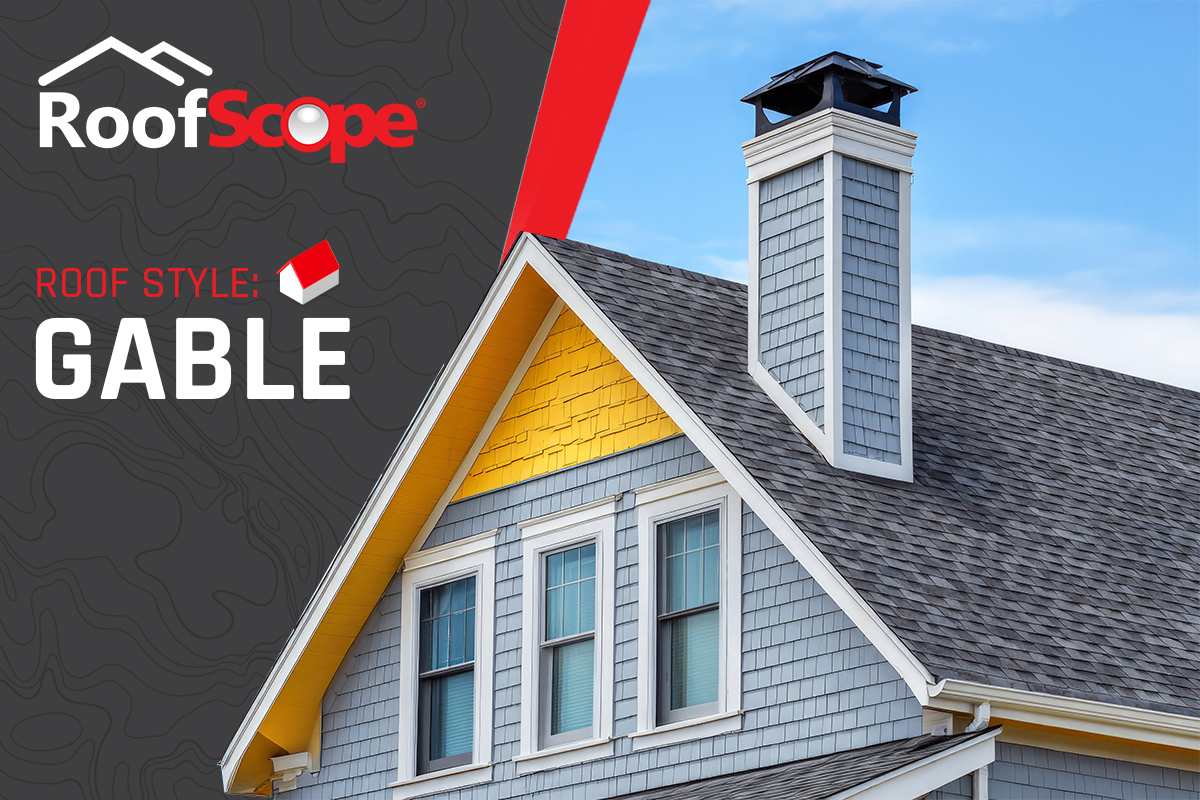
Hip Roof

Great for wind Four sloping sides converge at the ridge, distributing loads evenly and improving wind performance.
- Why it works: Stable geometry for stormy climates.
- Consider: More framing and flashing details than a gable.
- Materials: Asphalt, tile, metal.
Mansard Roof
Adds living space Two slopes on each side with a steep lower slope that creates full-height upper rooms and a refined architectural look.
- Why it works: Maximizes usable attic or third-floor space.
- Consider: More complex framing and waterproofing.
- Materials: Architectural shingles, slate, metal accents.
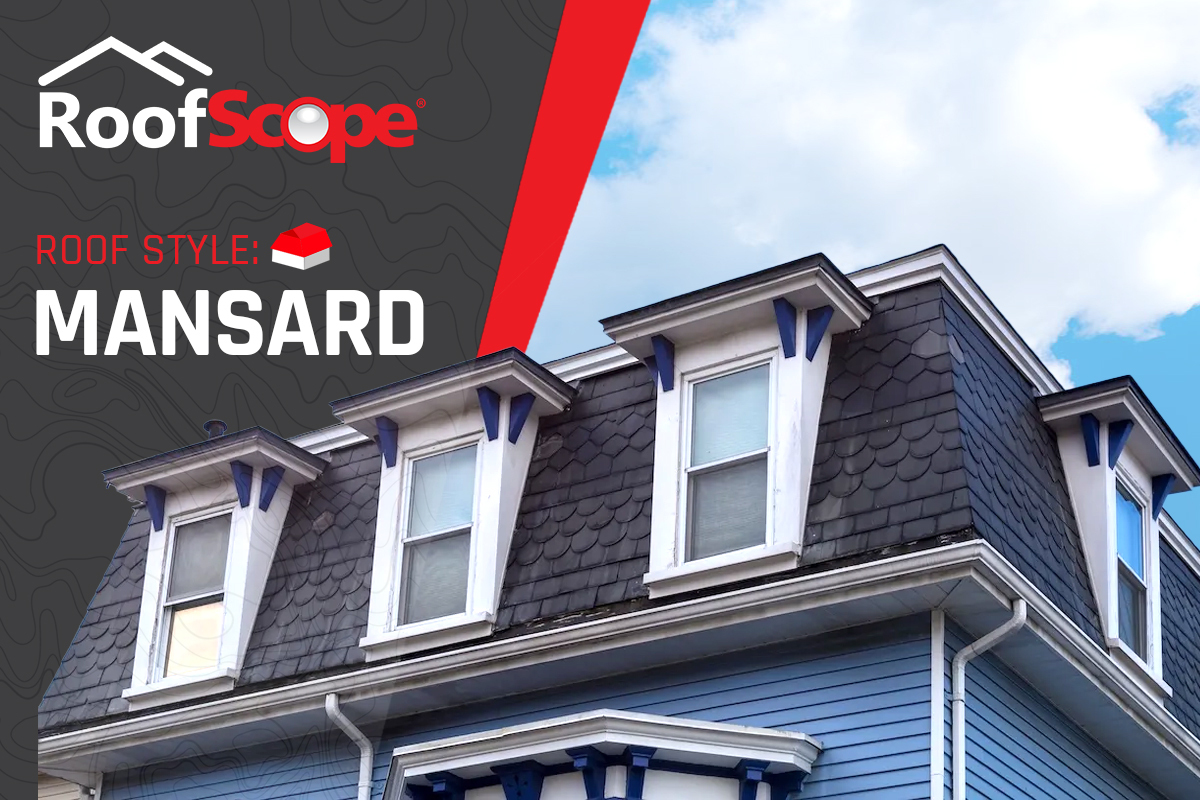
Flat Roof
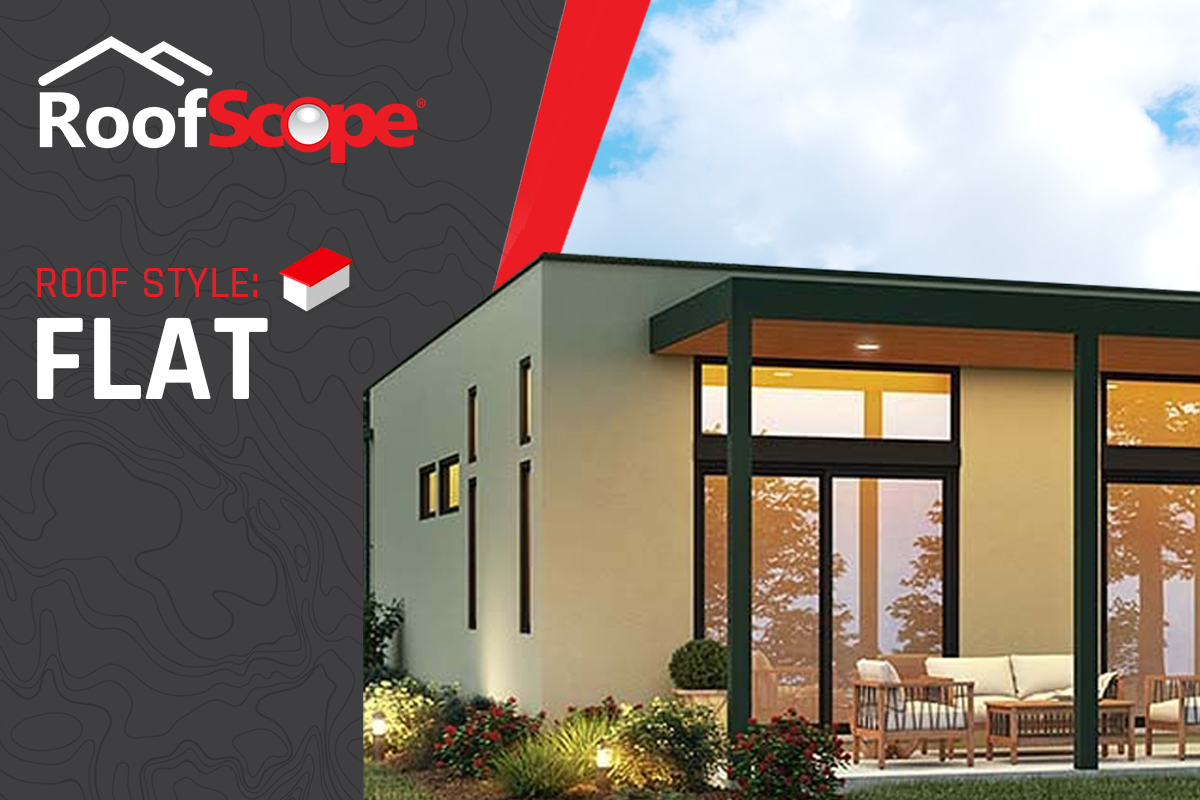
Low-slope A low-slope assembly designed with tapered insulation and drains to move water off the surface.
- Why it works: Usable rooftop space for decks, solar, or HVAC; clean modern lines.
- Consider: Professional drainage design and membrane detailing are critical.
- Materials: TPO, PVC, EPDM, modified bitumen.
Gambrel Roof
Barn-style charm Two slopes on each side with a steeper lower section that creates generous attic volume and a distinctive silhouette.
- Why it works: Large storage or loft potential and classic appeal.
- Consider: Needs reinforcement in high-wind regions.
- Materials: Asphalt shingles, metal panels, wood shakes.
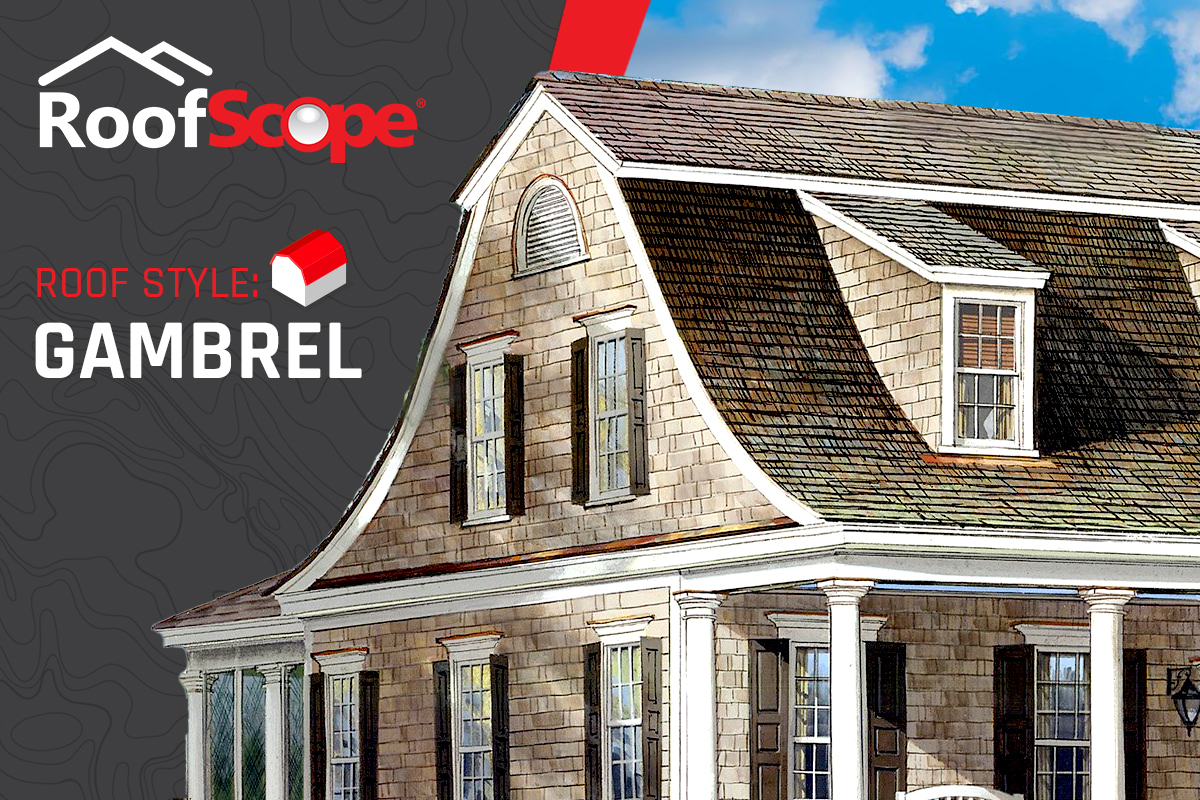
Shed Roof
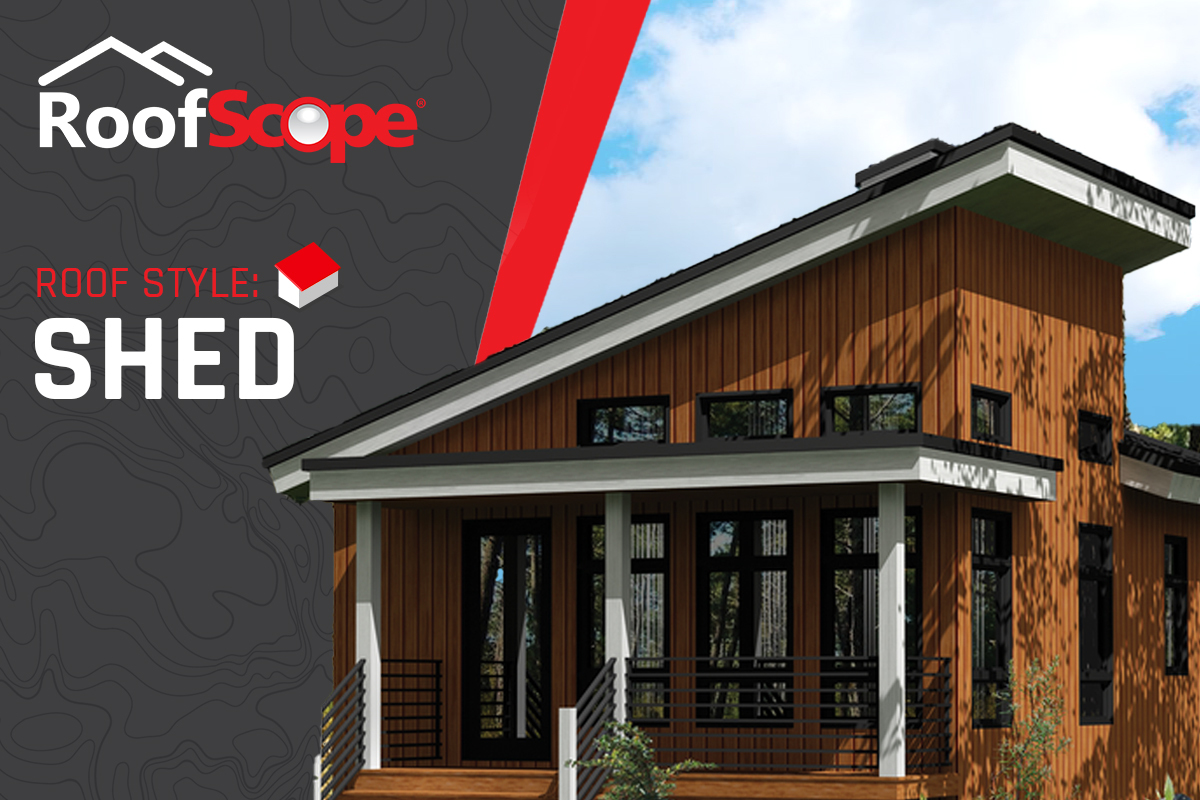
Simple & modern A single sloping plane often used on additions or small modern homes, oriented to shed water efficiently.
- Why it works: Economical framing, contemporary look, and straightforward flashing.
- Consider: Limited attic volume; orient slope for optimal runoff and solar.
- Materials: Asphalt shingles, metal, corrugated panels.
Butterfly Roof
Rain capture Two opposing slopes tilt inward, forming a central valley that can capture rainwater and allow clerestory windows.
- Why it works: Striking mid-century aesthetic and rainwater harvesting potential.
- Consider: Meticulous central drainage and waterproofing are mandatory.
- Materials: Metal, membrane systems, architectural shingles (on adequate pitch).

Dome Roof
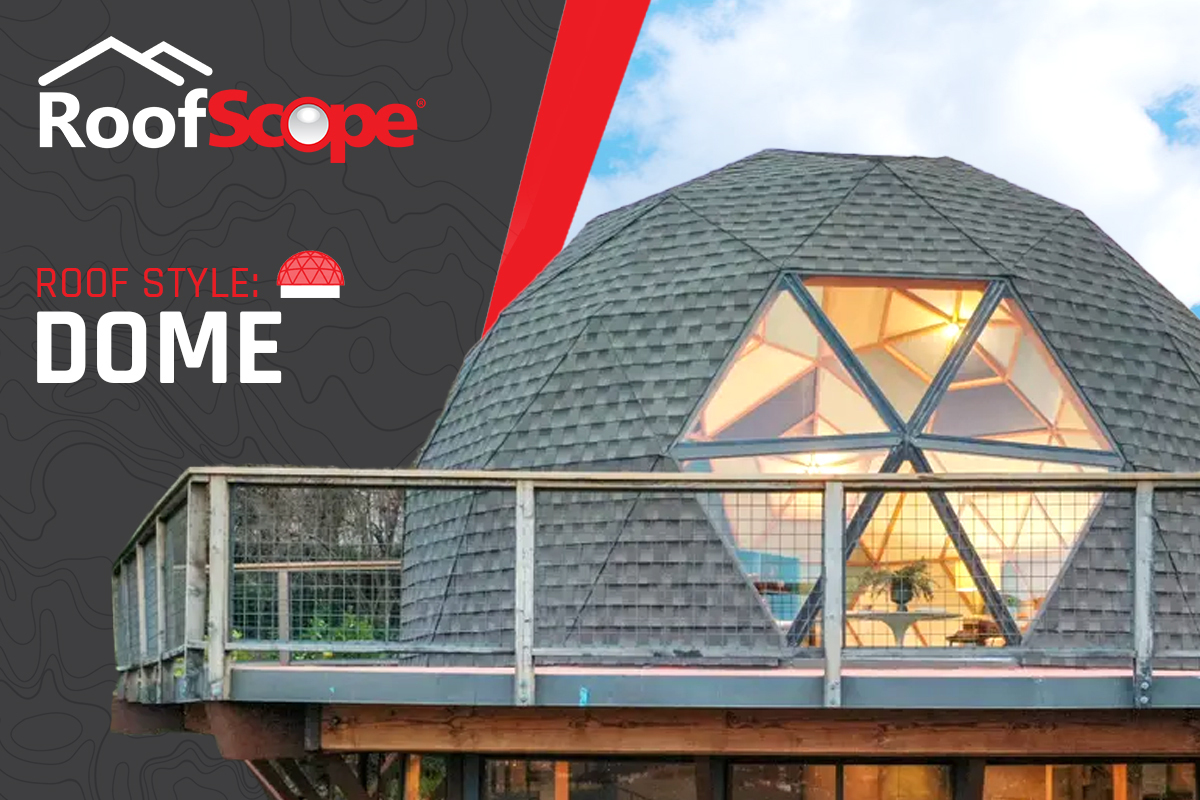
Aerodynamic A curved shell disperses loads and resists wind exceptionally well while creating a unique architectural statement.
- Why it works: Excellent wind performance and durability with fewer sharp transitions.
- Consider: Higher cost and specialized framing; style fit can be niche.
- Materials: Shingles on geodesic panels, metal, composite panels.
Saltbox Roof
- What it is: Asymmetrical long slope paired with a short slope.
- Why it’s great: Historic character and excellent water shedding.
- Watch for: Interior planning around the asymmetry.
Combination Roof
- What it is: Mixes multiple styles for complex homes.
- Why it’s great: Tailored performance and appearance.
- Watch for: More transitions to flash correctly and maintain.
How to Choose the Right Roof
- Climate: Snow and wind loads often favor gable or hip.
- Budget: Simple geometry lowers framing and labor costs.
- Home style: Match the architecture for better curb appeal.
- Longevity and maintenance: Consider materials, slope, and access.
Frequently Asked Questions
What is the most common roof type?
Gable roofs are the most common thanks to simple framing and efficient runoff.
Which roof type is best for snowy climates?
Gable and hip roofs handle snow loads well when designed with proper pitch and structure.
What is the most budget-friendly roof style?
Gable and shed roofs are generally more economical due to simple geometry and framing.
Plan your project with accurate measurements and clean takeoffs.
written by RoofScope published on 11. 27. 2024

